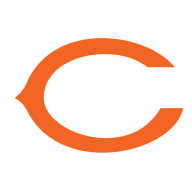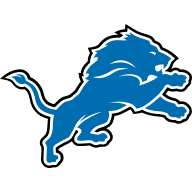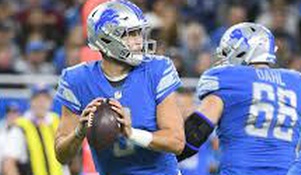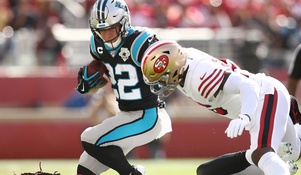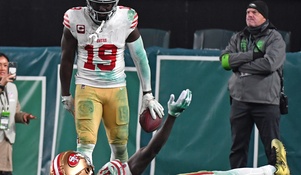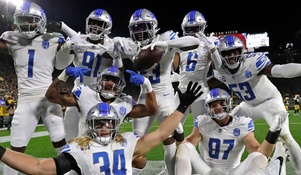5 Point Stance: Oldest NFL Franchises
On October 3, 1920, the Columbus Panhandles would play the Dayton Triangles in what has largely been recognized as the first game in the newly formed American Professional Football Association, which would be renamed the National Football League in 1922. No one that developed this loose organization of football teams in that time could have ever believed that the league would not only last for 100 years, but also become the preeminent sport in North America. But for the NFL to get to this point, the league had to endure many hardships, with every team losing money and nearly all the ballclubs who began during the league's inception eventually folding. In truth, the NFL's existing franchises did not begin to financially stabilize until their first national television deal in 1960. But there were a few who survived those hardscrabble years to remain with the NFL of today, serving as pillars of the league's past as the NFL celebrates its 100th season in the present and looks toward the future. Who are those teams whose roots run deepest?
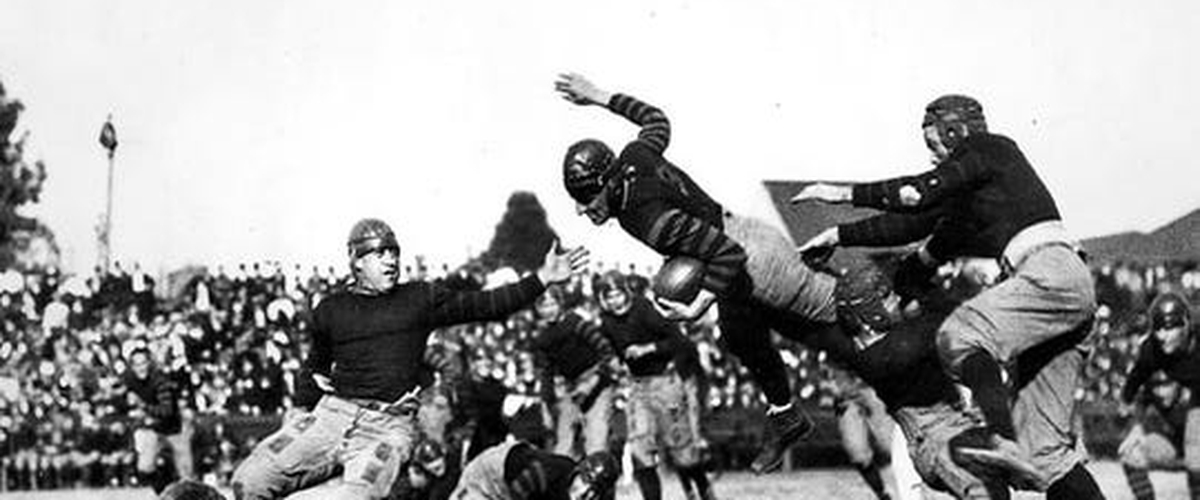
1. Arizona Cardinals (founded 1899) Even though the NFL wasn't founded until 1920, the Cardinals began as an independent team 21 years prior. In 1899, Chris O'Brien founded the Morgan Athletic Club on Racine Street in Chicago. They were known as the Racine Cardinals (based on the worn, used jerseys the team got from the University of Chicago), then later known as the Chicago Cardinals. The Cards would become one of the more traveled franchises in the NFL, as they would relocate to St. Louis in 1960, then head further west to Phoenix in 1988. They would take their current moniker as the Arizona Cardinals in 1994.
2. Green Bay Packers (1919) The Packers would gain their nickname from the Indian Packing Company, their sponsor for their inaugural season as well as team founder Curly Lambeau's employer. But the Packers were struggling badly financially, due to a particularly brutal winter, low attendance, and their AFPA charter was revoked for using college players with eligibility, which was a major rule violation (legend has it that "Papa Bear" George Halas who made the league aware of the Packer faux pas). Community leaders rallied together to make the Green Bay Packers Corporation, a non-profit corporation. This unique form of sports ownership would not only keep the Packers solvent, but would keep them in Green Bay, as articles of incorporation would authorize excess monies to a local American Legion. And due to league by-laws, no other franchise can be publicly owned except for the Packers.
3. Chicago Bears (1920) The Bears were first known as the Decatur Staleys when the APFA began play, with A. E. Staley as the owner and George Halas as coach & player. Halas would gain ownership control in 1921, winning the league championship that same year. In 1922, Halas would rename the Staleys the Bears as an homage to the Cubs of Major League Baseball and to their home at Wrigley Field. The Bears have only known three owners; Staley, Halas, and his daughter, Virginia Halas-McCaskey. Virginia is one of two female NFL owners, the other being the Detroit Lions' Martha Firestone Ford.
4. New York Giants (1925) The Giants were founded by Tim Mara, a man who made his money as a bookmaker. NFL President Joe Carr was looking to find someone to run a club in New York to raise the profile of the fledgling league. Mara paid $500 to the NFL for the charter of a franchise, explaining to Carr that a team in New York is worth at least that much. And Mara fought hard to keep his Giants as the premier team in the Big Apple, as every new league formed throughout his time as owner (three incarnations of the American Football League and two teams in the All American Football Conference from 1946 to 1949). Like the Bears and Pittsburgh Steelers, the Giants are a family business, Robert Tisch's purchase of 50% of the franchise in 1991 notwithstanding. Majority ownership has been handed down from Tim, who passed in 1959, to his son Wellington, until his own passing in 2005, to his grandson John, who co-owns the team with Steve Tisch, Robert's son.
5. Detroit Lions (1930) The recognized founding year for the Lions is 1934, but their roots stretch back to 1930 when they were originally the Portsmouth Spartans. The Spartans played in the NFL's second smallest city, only behind Green Bay. It did not keep them from being competitive, as they would tie the Chicago Bears in the league standings in 1932. This would lead to the NFL's first playoff game and in turn, their first championship game. The game was played in Chicago Stadium, an indoor arena using a field modified to 80 yards to accommodate the venue's area, due to blizzard conditions ruling out the Bears' home in Wrigley Field. This game would have controversy, as Bronko Nagurski would throw a touchdown pass to Red Grange. But the Spartans protested, claiming that Nagurski was not at least 5 yards behind the line of scrimmage before throwing the pass, which was the rule at the time. (Lions fans, getting screwed by the refs goes way back). That game would do two things. One, it would inspire the league to schedule a championship game between two division or conference champions at the end of every season. And two, to avoid confusion again, passes were permitted anywhere behind the line of scrimmage. That rule would be the very first in a long line of innovations that would make the game we see today.


